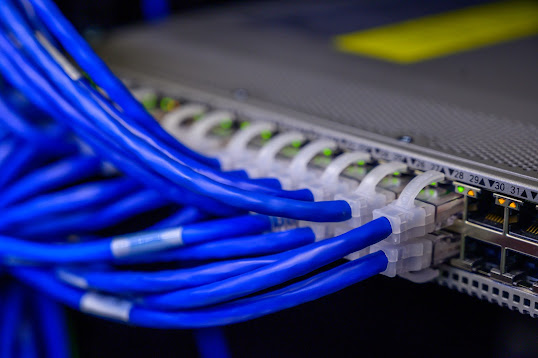MRTG [Multi Router Traffic Grapher] is a Free Software for Monitoring Network Performance in Graphical form. Here we will discuss the installation process of this free software in Linux distribution.
For Linux System ,we need to install the following software
- MRTG [latest version]
- SNMP
- Apache Web Server
 |
| MRTG |
How to Configure the MRTG ?When MRTG's rpm is installed, it creates a directory called /etc/mrtg.
To create a replacement, default /etc/mrtg/mrtg.cfg configuration file for server , follow these steps,
1.Use MRTG's cfgmaker command to create a configuration file named mrtg.cfg for the server. Using a read only community string of craz33guy. Place all data files in the directory /var/www/mrtg.
root#cfgmaker --output=/etc/mrtg/mrtg.cfg
--global"varkdir: /var/www/mrtg" -ifref=ip
--blobal 'option[.] : growright, bits
crez33guy@localhost
NOTE :- -if ref=ip cfgmaker command option instruct MRTG to use the interface's IP address as the title for each graph.
2. Edit /etc/mrtg/mrtg.cfg, and remove the section related to interfaces you don't need to monitor. A certain candidate would be the virtual lookup interface LO: (127.0.0.1)
3. Run MRTG using /etc/mrtg/mrtg.cfg as your argument 3 times. You will get an error for 2 times, as MRTG tries to move old data files, and naturally the 1st time when it runs the MRTG , it has no data to move.
root# env LANG=C /usr/bin/mrtg /etc/mrtg/mrtg.cfg
-> give this command 3 times
4. Use MRTG's indexmaker command to create a Web index page using your new mrtg.cfg file as guide.
root# indexmaker --output=var/www/mrtg/index.html /etc/mrtg/mrtg.cfg
5. MRTG is run every 5 minute by default, and the file that governs this is /etc/corn.d/mrtg. To work correctly edit this file, replacing all occurrence of /usr/bin/mrtg with env LANG = C /usr/bin/mrtg.




